Do you want the basic benefits of a smart home without investing in specific smart devices for every need—smart window shades, smart air conditioners, smart lightbulbs? Or maybe you’re feeling a little technologically challenged; the whole idea of smart devices (Wi-Fi-enabled devices that can be controlled remotely through a smartphone or tablet) might still scare you. “Isn’t it hard to install a smart device? I’ve heard you can’t use one of these things unless you have a hub. And what is a hub, anyway?”
Consider the smart plug: the starter smart device. If you want to dip a toe into the whole world of smart devices, begin with a smart plug. All you need is home Wi-Fi.
Why would I want a smart plug?
Because it’s the cheapest and easiest way to automate almost any device in your home. You plug the smart plug into a regular wall outlet and click it on. Then any appliance that’s plugged into it can be switched on and off from the app you’ve installed on your mobile device. So you can, say, turn a fan on and off wirelessly with a single click on your smartphone. (You’ll save on electrical bills by turning devices off when you don’t need them.)
You generally can’t use a smart plug to do fancy stuff like dimming the lights or adjusting the temperature on a thermostat. But many smart plugs can be programmed to switch on and off at scheduled times. Some have features such as energy monitors (which you can view on the app), night-lights, and chargers. And more and more of them can be operated by voice control, through Siri, Amazon Alexa, or Google Assistant.

Is it hard to install a smart plug?
Nope, and that’s the beauty of it. All you do is unwrap it, plug it into your wall outlet of choice (someplace convenient to the appliance you want it to control), and download the free app that comes with it—no degree in programming required. You won’t need a hub either, by the way. You’re good to go.
Want to be able to turn on the lamp over on the dresser without getting out of bed? No need for a smart bulb; a smart plug does the trick. Want to get the AC cranking before you walk in the front door from work? Thanks, smart plug!
When it comes to smart plugs, does size matter?
It can. Some of the larger smart plugs cover both outlets in a standard duplex wall fixture, rendering the second one useless. That’s where the smaller ones, like the Belkin WeMo Mini, are an improvement.
Also, think about where you want to install your smart plug. When you plug it into a wall outlet, it’ll stick out from that by a few inches. Then whatever you plug into it protrudes further. So if you plan to install your smart plug, say, behind a couch that’s flush to the wall, you might want a plug whose outlets are positioned on the side, such as the iDevices Switch or Zuli Smartplug, so whole assembly won’t extend out from the wall so much.

What should I consider when shopping for a smart plug?
As with any electronic device, new models are arriving on the market all the time. To find out what’s available, read current reviews on tech sites such as the Wirecutter and CNET. It also helps to check user comments on retail sites like Amazon, to see what consumers are saying.
Since there’s no big financial outlay, you can’t go far wrong. Be sure to choose a plug that will work with your smartphone (many but not all are compatible with both Android and iOS devices). And check out the features listed below to see what you want.

Are all smart plugs alike?
They’re all easy to install and operate. But there are some different features among those currently on the market.
- As mentioned, many smart plugs support both iOS (Apple) and Android smartphones, but for some it’s only one or the other.
- Most smart plugs don’t require a smart-home hub. But if you already have a hub, like Apple HomeKit, you’ll probably want a plug you can integrate with that, so you can link it to your other HomeKit devices.
- Most smart plugs respond to voice control; if you have Amazon Alexa, Siri, or Google Assistant, make sure the smart plug you buy is compatible with your system so that you can turn lights and appliances on and off by speaking.
- Many will monitor energy use, telling you much it’s costing you to operate your appliance.
- Many allow you to set a schedule, so they’ll turn the lights on automatically at the same time every day, for example, just before you get home from work.
- Some plugs come with an app that will let you operate several smart plugs at once.
- Some, such as the iHome SmartPlug, come with a separate remote control, so you can still operate them even if your phone battery’s dead.
How much do smart plugs cost?
This isn’t a big investment: Smart plugs start as low as $9 and can go up to $60 for a dual-outlet plug with extras.
Can I have more than one smart plug in my home?
Of course. You could install a smart plug in every outlet if you wanted, and even link them on the app to control them all with a single click. Or just put a smart plug anywhere you want to add remote control to a dumb appliance—say, one in the bedroom for the air conditioner and one in the kitchen for the slow cooker. When it comes to automatically turning any old appliance into a fairly smart device, the smart plug is a simple solution.
N.B. Not pictured: An outdoor option is the rainproof, dual-outlet iDevices Outdoor Switch, $79.95, or $71.38 on Amazon.
Want to learn more about specific smart home devices? See:
- Remodeling 101: Smart In-Wall Dimmer Switches
- Remodeling 101: Wireless Indoor Home Security Cameras
- Remodeling 101: Smart Air Purifiers

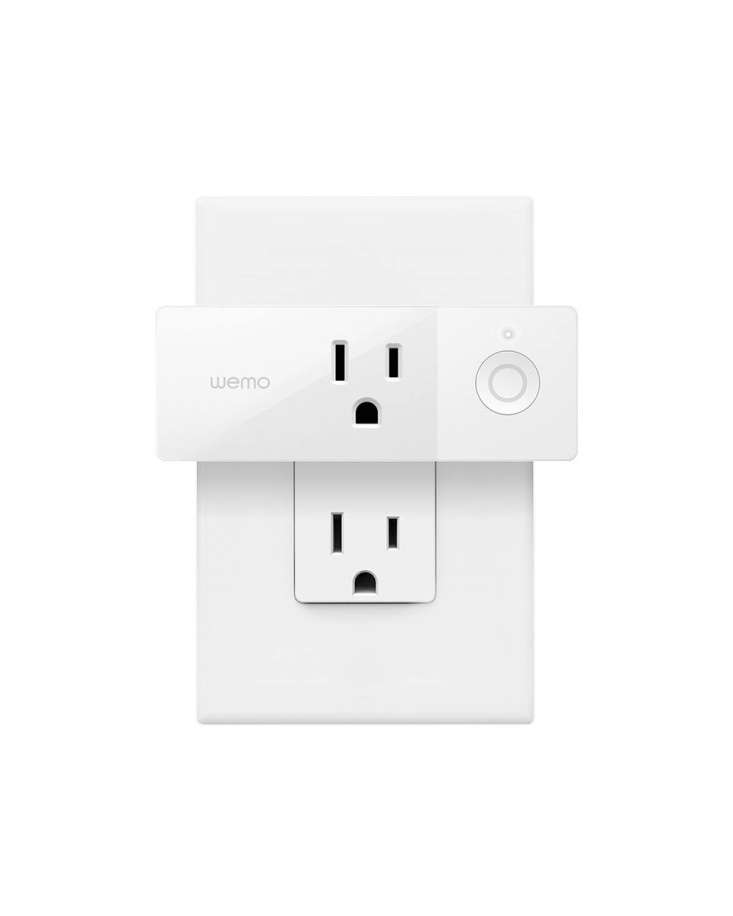




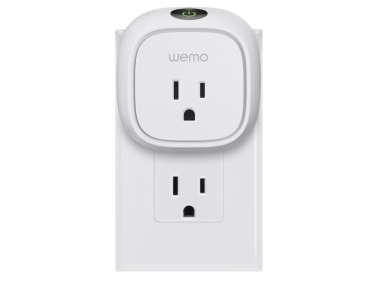
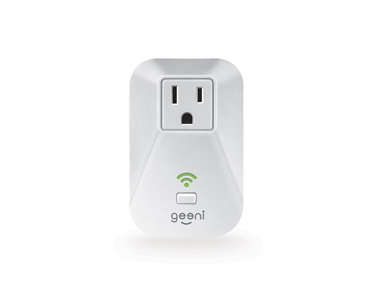
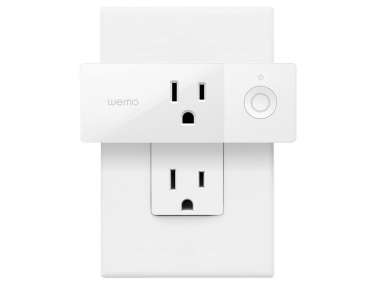
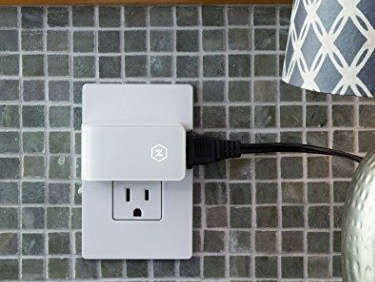
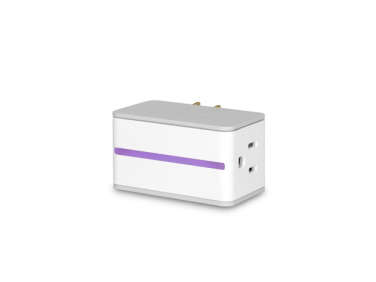
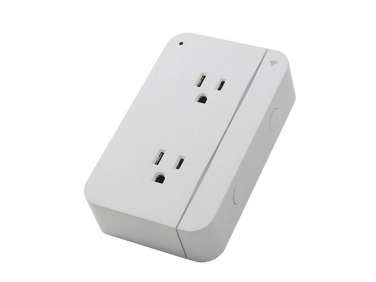
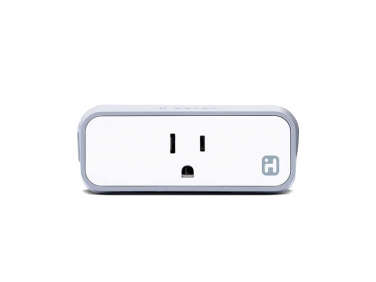





Have a Question or Comment About This Post?
Join the conversation (1)